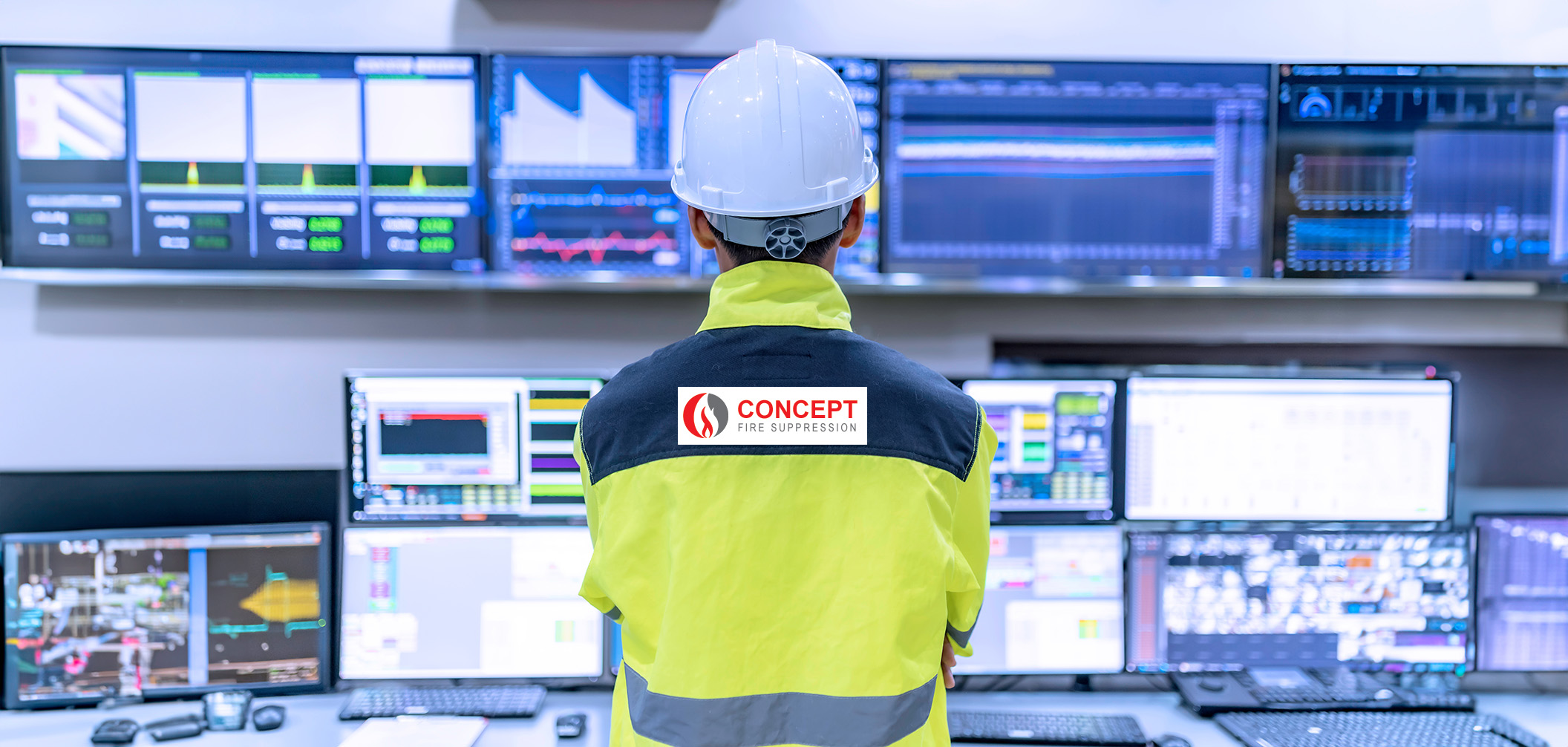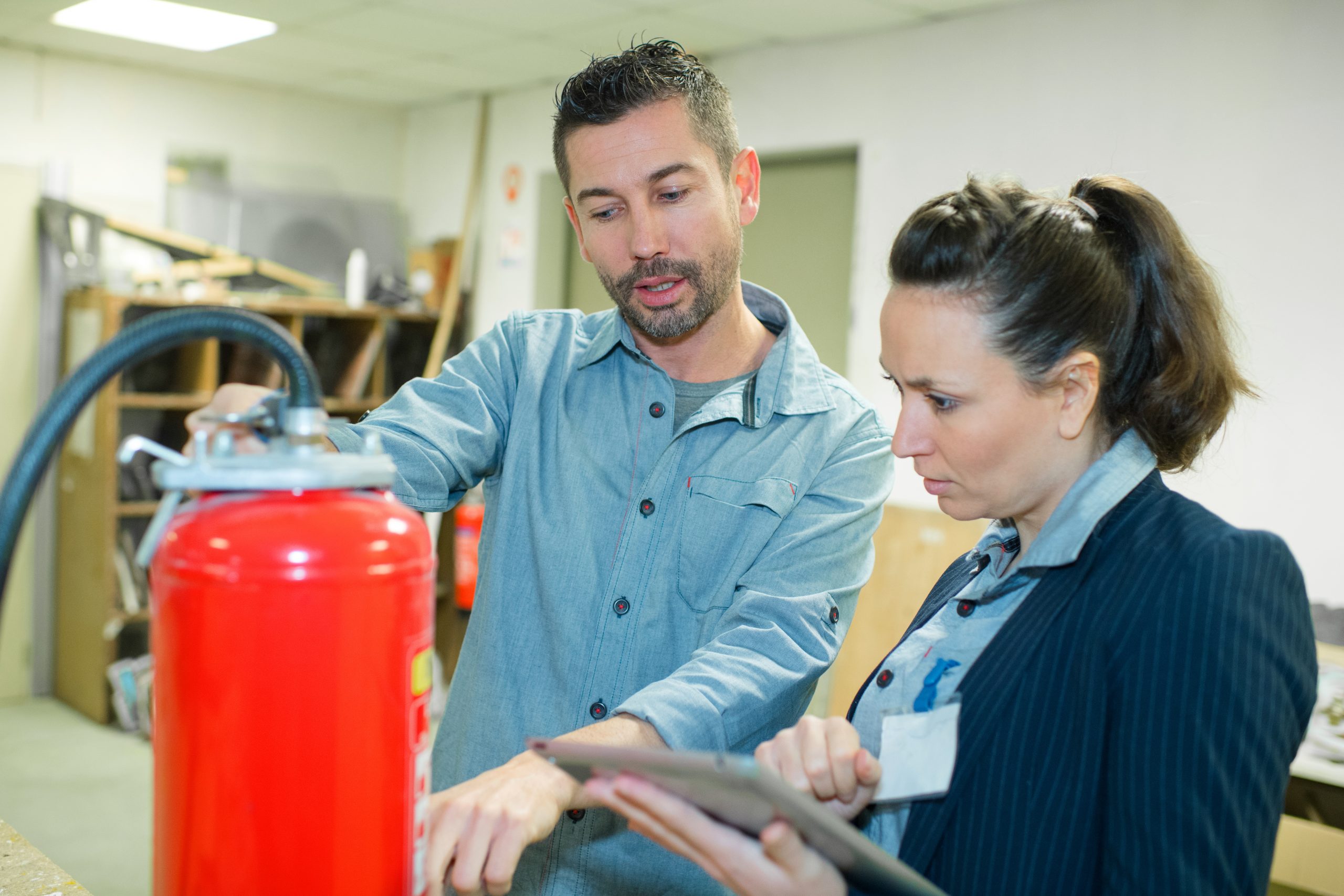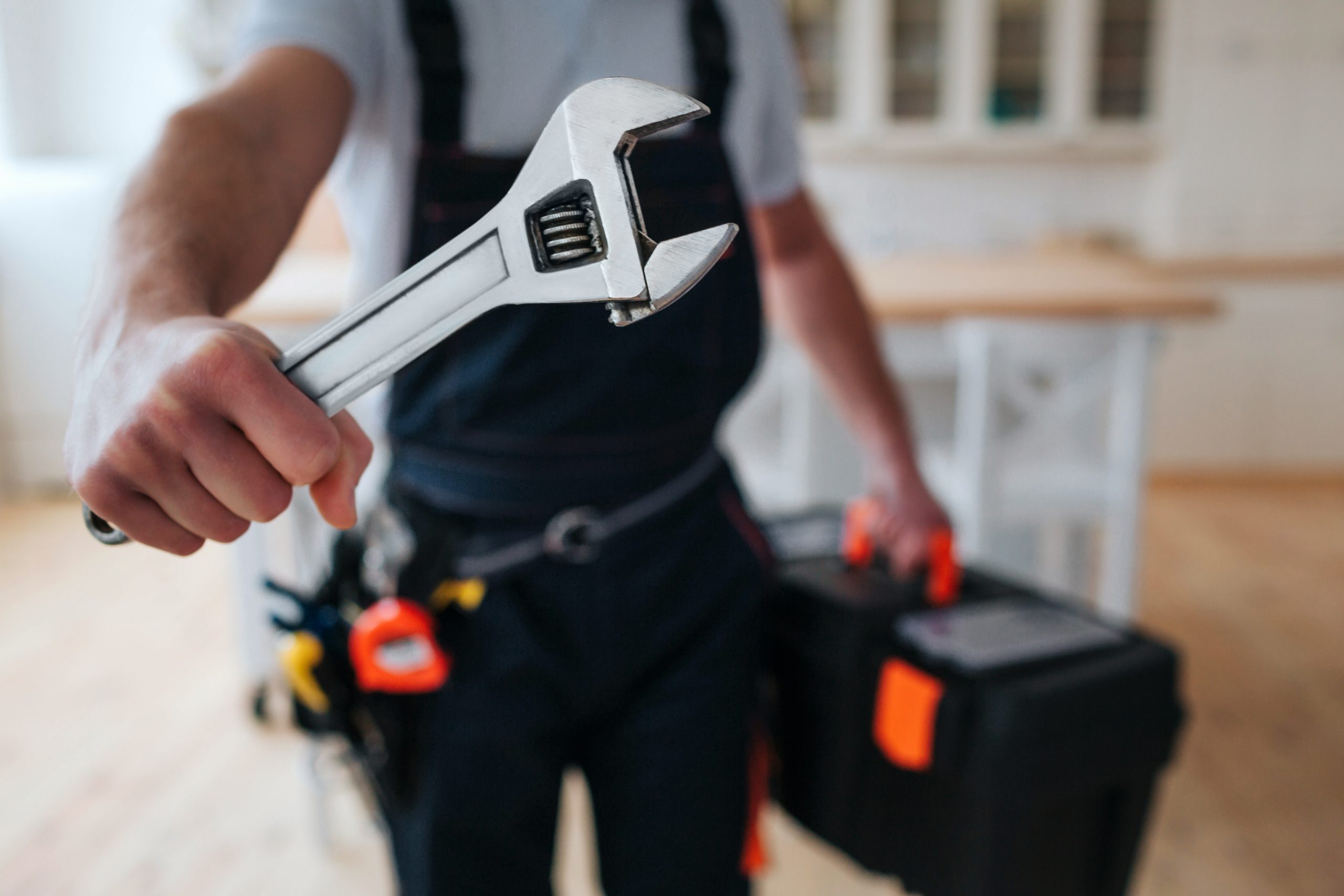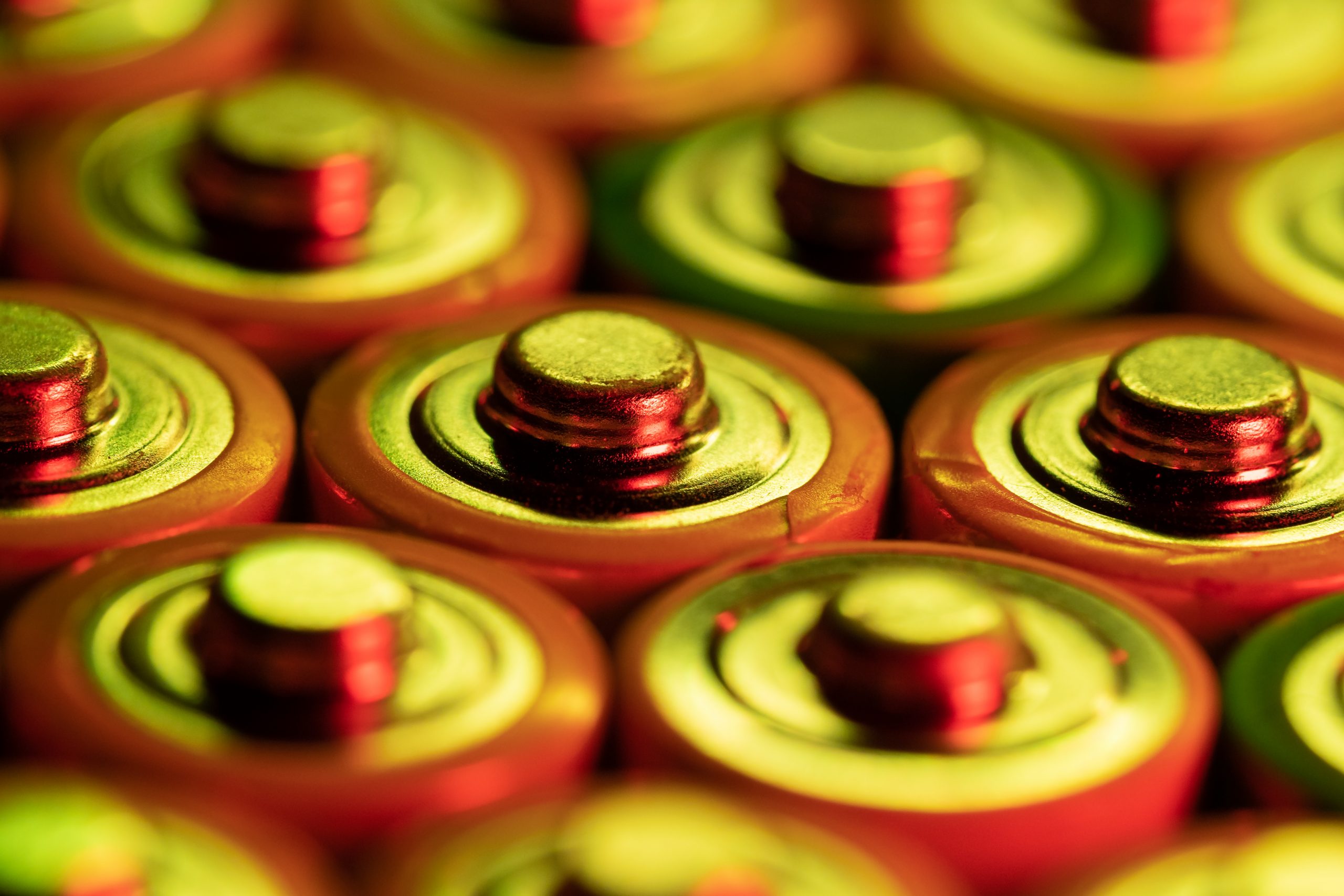5. Types of Fire Suppression Systems: Overview and Applications
Fire suppression systems come in various forms, each designed to address specific types of fires and environments. Understanding the different types of suppression systems available is crucial for selecting the most appropriate solution to protect lives and property in diverse settings. Let’s explore some of the common types of fire suppression systems and their applications:
1. Water-Based Systems:
– Sprinkler Systems: Sprinklers are one of the most widely used fire suppression systems. They activate individually in response to heat, spraying water directly onto the fire or its surrounding area.
– Water Mist Systems: These systems discharge a fine mist of water droplets, utilising specialized nozzles to create a cooling effect and smother the fire. Water mist systems are particularly effective in high-risk areas where water damage needs to be minimised.
2. Gaseous-Based Systems:
– Clean Chemical Agent Systems: Clean agents, such as Halon and FM200 alternatives like Novec 1230 are deployed as extinguishing agents. They work by interrupting the chemical reactions of combustion. Clean chemical agent systems are commonly used in data centers, server rooms, museums, and other environments where water damage is a concern.
– Inert Gas Agent Systems: Clean agents, such as INERGEN, IG55 etc are the most used in the UK of the suppression agents. They work by reducing the oxygen concentration in the fire environment . Clean agent systems are commonly used in data centers, server rooms, museums, and other environments where water damage is a concern.
– Carbon Dioxide (CO2) Systems: CO2 systems release carbon dioxide in high concentrations to displace oxygen and suffocate the fire. These systems are suitable for specific applications, such as electrical equipment or flammable liquid storage areas, where rapid suppression is critical.
3. Foam-Based Systems:
– Foam Suppression Systems: Foam systems discharge foam, which blankets the fuel surface, preventing the release of flammable vapors and suppressing the fire. Foam-based systems are commonly used in areas with flammable liquids, such as fuel storage tanks, aircraft hangars, and industrial facilities.
4. Chemical-Based Systems:
– Dry Chemical Systems: Dry chemical systems utilize powder-based extinguishing agents, such as ABC or BC powders, to smother the fire and interrupt the chemical chain reaction. They are versatile and can be used in various applications, including commercial buildings, industrial settings, and vehicle fire suppression.
– Wet Chemical Systems: Wet chemical systems are specifically designed for commercial kitchens and cooking areas. The wet chemical agent suppresses fires by cooling the hot surfaces and creating a foam barrier to prevent re-ignition.
Each type of fire suppression system has its unique applications, advantages, and considerations. When selecting a system, factors such as the nature of the hazard, the specific environment, local regulations, and potential water or chemical damage should be taken into account.
It is important to consult with fire suppression specialists to assess the specific needs of your facility and determine the most suitable system. Proper installation, regular maintenance, and adherence to relevant codes and standards are crucial to ensuring the effectiveness and reliability of the chosen fire suppression system.
In the next section, we will look at specifically water as a fire suppression agent, examining the key elements that contribute to its functionality and performance. Join us as we continue our exploration of fire suppression and its vital role in safeguarding lives and property.
To go back and read again 4. How Fire Suppression Works: A Closer Look at the Process or to go forwards go to 6. Water-Based Fire Suppression: The Traditional Approach now.
If you have any queries please contact us now!







